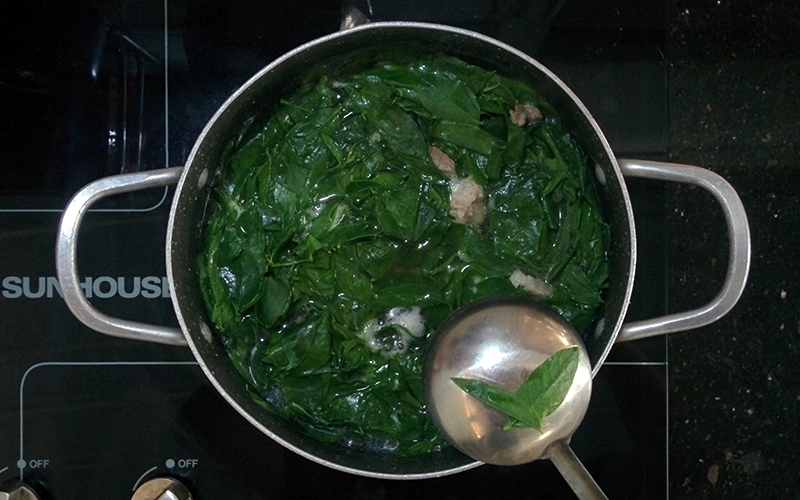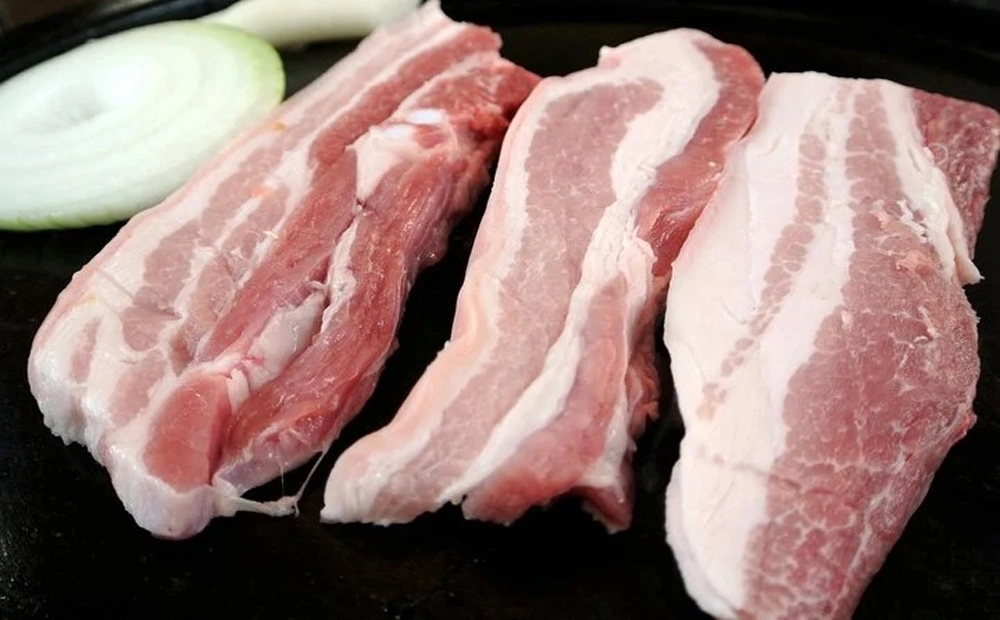In our daily lives, it’s a common practice to reuse meat broth for making soup, as it saves time and maximizes the nutritional value of the dish. However, there are still conflicting opinions on whether or not this practice is truly healthy.
Using meat broth for soup is not inherently wrong, as long as you purchase clean meat and practice proper food handling. Nutrition experts affirm that meat broth contains essential nutrients such as vitamins, fats, and especially proteins, which add flavor and nutritional value to the soup.
However, meat broth is not always safe to use. If you happen to buy diseased or spoiled pork, or meat that has been treated with chemicals, the meat itself can be harmful, not just the broth.

The key to ensuring safety lies in choosing clean meat and properly handling it before boiling. According to VTC News, Dr. Tu Ngu – Secretary-General of the Vietnam Nutrition Association, states: “When boiling meat, we often see foam forming on the surface. This is not caused by chemicals but by the proteins in the meat, although it may also contain some impurities. Therefore, it’s crucial to properly handle the meat before boiling.”
The crucial step is to discard the first batch of broth to reduce impurities, then rinse the meat and boil it again until it’s fully cooked.
By following these steps, reusing meat broth for soup can be considered safe, adding flavor and nutritional value to your dish while ensuring food safety and hygiene, thus protecting your and your family’s health.
Tips for Buying Safe and Clean Pork
When purchasing pork, ensuring its source and quality is vital for maintaining your family’s health. Here are some tips to help you choose safe and sound pork:
1. Observe the color: Fresh pork usually has a light pink to deep red color. This indicates that the meat is recently slaughtered and hasn’t spoiled. Avoid meat that is pale or overly dark red, as it may have been treated with chemicals or is no longer fresh.
2. Test its elasticity: Fresh pork will have good elasticity. Gently press the meat, and if it quickly bounces back to its original shape, it’s likely fresh. If it remains indented, the meat may be spoiled or not fresh.
3. Smell it: Clean pork has a mild, distinctive odor. If you detect any strange or foul smells, refrain from buying it, as it could be a sign of spoilage or bacterial contamination.

4. Examine the fat: The fat of fresh pork is usually white or slightly creamy, and the lean meat and fat should be firmly attached. If the fat appears yellow or discolored, it may indicate that the meat is not fresh.
5. Verify the source: Purchase pork from trusted sources with food safety certifications. If possible, opt for reputable shops or suppliers where you can easily trace the meat’s origin and slaughtering process.
By following these tips, you can confidently select clean and safe pork for your family’s meals. Always be vigilant and perform thorough checks to ensure your health and minimize food-related risks.
According to Đời sống pháp luật (Legal Life)
8 Common Mistakes People Make with Cutting Boards
Are you using your cutting board correctly? Many Vietnamese households rely on cutting boards in their kitchen, but not everyone knows how to use them properly, especially when it comes to wooden cutting boards. Check out these 8 mistakes to avoid when using a cutting board to ensure both hygiene and safety for everyone in your family.
Is Refrigerated Leftovers Linked to an Increased Risk of Cancer?
Dr. Lam Van Man, Head of Research, Development and Technology Transfer Department of the Institute of Safety Food, has warned of the risk of food poisoning when reheating leftovers from the refrigerator. But what should we be aware of when it comes to the possibility of these leftovers causing cancer? Here, we explore what the experts have to say on the matter and offer some tips for safe eating.






































